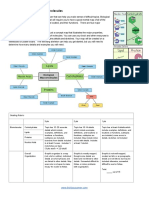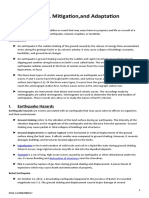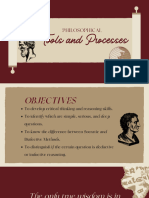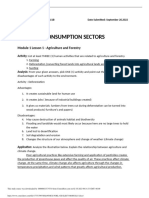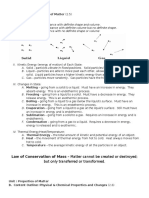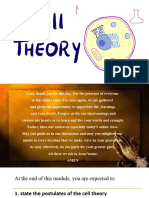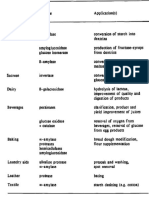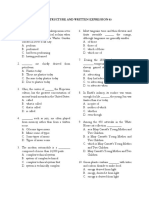0% found this document useful (0 votes)
275 views5 pagesTaxonomy Notes
The document discusses the hierarchical taxonomic classification system used in biology. It describes the eight major levels of classification from broadest to most specific as domain, kingdom, phylum, class, order, family, genus, and species. An example is given of the full taxonomic classification of the domestic dog. The scientific name consists of the genus and species, while each classification level has a unique name called a taxon. Taxonomy is important as it reveals evolutionary relationships and allows consistent identification of organisms.
Uploaded by
Ellah Iracielli TevesCopyright
© © All Rights Reserved
We take content rights seriously. If you suspect this is your content, claim it here.
Available Formats
Download as DOCX, PDF, TXT or read online on Scribd
0% found this document useful (0 votes)
275 views5 pagesTaxonomy Notes
The document discusses the hierarchical taxonomic classification system used in biology. It describes the eight major levels of classification from broadest to most specific as domain, kingdom, phylum, class, order, family, genus, and species. An example is given of the full taxonomic classification of the domestic dog. The scientific name consists of the genus and species, while each classification level has a unique name called a taxon. Taxonomy is important as it reveals evolutionary relationships and allows consistent identification of organisms.
Uploaded by
Ellah Iracielli TevesCopyright
© © All Rights Reserved
We take content rights seriously. If you suspect this is your content, claim it here.
Available Formats
Download as DOCX, PDF, TXT or read online on Scribd
/ 5




